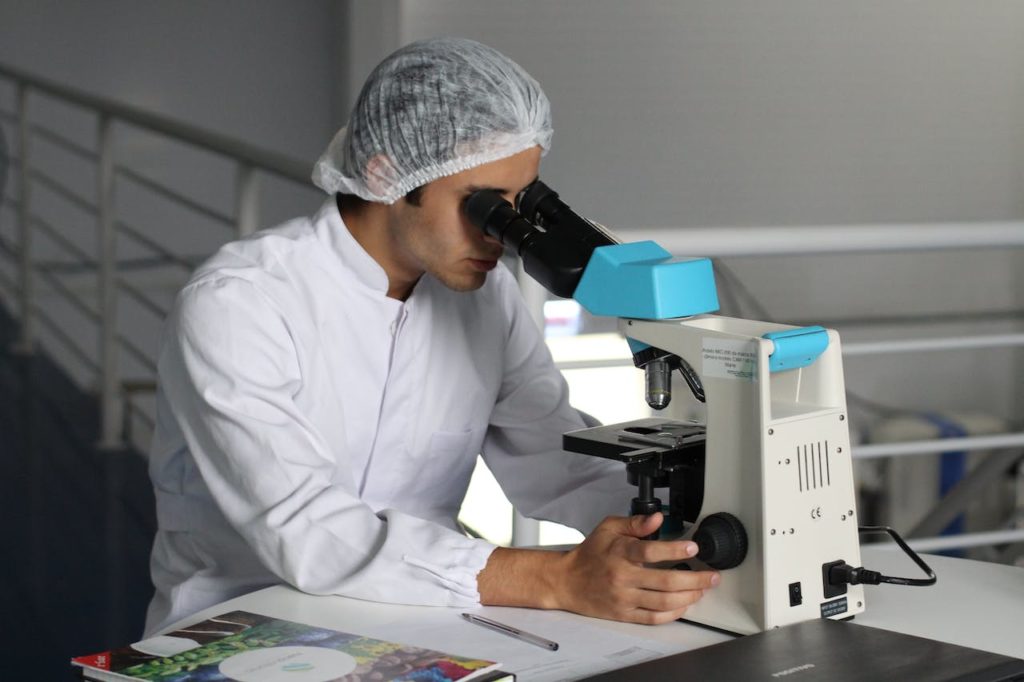
In the ever-evolving landscape of healthcare, technology continues to play a pivotal role in enhancing patient care, diagnosis, and overall medical practices. From the field of electrics to commerce, technological advancements continuously keep changing the way we do business and perform even the simplest tasks. This blog post will explore five primary ways in which technology positively impacts the medical field, along with two bonus considerations, including the use of telehealth in dermatology.
Improved Diagnostics with AI
Artificial Intelligence (AI) has become a powerful tool for medical professionals in diagnosing diseases. AI algorithms can quickly analyze vast datasets, aiding in the detection of abnormalities in medical images such as X-rays, MRIs, and CT scans. By assisting healthcare providers in making more accurate and timely diagnoses, AI technology saves lives and improves patient outcomes.
AI technology is also instrumental in predictive analytics, helping medical practitioners anticipate disease trends and patient-specific risks. By analyzing patient data and patterns, AI aids in preventive medicine, enabling early interventions and further contributing to the advancement of healthcare.
Electronic Health Records (EHRs)
The adoption of Electronic Health Records (EHRs) has transformed the way patient information is managed. EHRs enable healthcare providers to access a patient’s complete medical history instantly, ensuring informed decision-making and more coordinated care. Additionally, EHRs streamline administrative tasks, reducing paperwork and enhancing overall efficiency in healthcare settings.
Moreover, EHRs promote secure data sharing among healthcare institutions, facilitating seamless collaboration between different medical professionals and ensuring comprehensive patient care. The increased accessibility of electronic health records has not only improved patient outcomes but has also enhanced the overall healthcare experience.
Robotics in Surgery
Robotic-assisted surgery has revolutionized the precision and minimally invasive nature of surgical procedures. Surgeons can perform complex operations with increased precision and reduced invasiveness, leading to shorter recovery times and less post-operative pain for patients. Robots in surgery have expanded the capabilities of surgeons and made medical procedures more accessible and effective.
Furthermore, the integration of augmented reality in robotic-assisted surgery provides surgeons with real-time, three-dimensional visualizations, enhancing their precision and decision-making during procedures. These technological advancements not only reduce recovery times and post-operative discomfort but also open doors to more advanced and innovative surgical techniques, ultimately benefiting patients with improved surgical outcomes and a higher quality of care.
Telemedicine for Remote Care
Telemedicine has emerged as a critical component of healthcare, enabling remote consultations and providing access to medical expertise regardless of geographical barriers. Patients can consult with healthcare professionals through video calls, which is particularly valuable for those in rural areas or with limited mobility. This technology enhances accessibility to medical care, making it more convenient and patient-centric.
Wearable Health Tech and Remote Monitoring
Wearable devices, such as smart watches and fitness trackers, have empowered individuals to take control of their health. These devices monitor vital signs, physical activity, and even sleep patterns, allowing users to track their well-being. Healthcare providers can also use this data for remote patient monitoring, ensuring that chronic conditions are managed effectively and that early intervention occurs when necessary.
Moreover, wearable devices have evolved to provide real-time feedback and personalized health recommendations, empowering users to make informed lifestyle choices. As the capabilities of these devices expand, they are becoming indispensable tools for proactive health management, and they are especially beneficial for elderly patients with chronic conditions who require continuous monitoring. The data collected from wearables not only assists healthcare providers in delivering more precise care but also encourages individuals to take an active role in their well-being, promoting healthier lifestyles and reducing the burden on healthcare systems.
Honorable Mentions:
Telehealth in Dermatology
Telehealth dermatology has proven to be a valuable tool for patients seeking skin-related consultations. Individuals can connect with dermatologists remotely to discuss skin conditions, receive diagnoses, and even develop treatment plans. This telehealth option not only provides more accessible care but also reduces the need for in-person appointments, ensuring that skin health is prioritized and easily accessible.
Genomic Medicine and Personalized Treatment
Advancements in genomic medicine have allowed for personalized treatment plans based on an individual’s genetic makeup. Understanding a patient’s genetic predispositions to diseases enables healthcare providers to tailor treatments and interventions, improving the effectiveness of medical care and potentially preventing certain conditions. This approach marks a significant step toward precision medicine in healthcare.
In conclusion, technology continues to be a driving force in the medical field, enhancing diagnostics, patient care, and overall healthcare practices. As we embrace these technological innovations, the potential for improving patient outcomes, accessibility, and personalized care is limitless, ultimately transforming the way we experience and receive medical care.
